Knowing when and how to prune will help create healthy, long-lasting and good-looking plants…
● Why prune? Because it helps young plants develop a strong and attractive form, and it helps older plants maintain their vitality and beauty.
● Pruning becomes a lot easier when you have the right tools. The basics include a strong pair of garden gloves, hedge trimmers, secateurs or pruning scissors, a long-handled lopper, sturdy ladder and a saw with a quality blade (for very thick branches). A measuring stick marked at various heights can also come in handy.
● First things first, remove any diseased, damaged or dead stems (dead stems attract insects).
● Prune summer-blooming shrubs while they lie dormant. You can even cut them all the way to the ground and they’ll still bloom again in the summer months.
● Prune shade trees during winter – it’s easier to see the framework of the branches then. To remove thicker branches, use a saw and remove a branch piece by piece to prevent breaking and tearing. Always make the first cut at the bottom of the branch where it meets the main stem. Then make the final cut from the top, again flush with the main stem. Doing it this way helps prevent tearing the bark and leaving an unsightly stump.
● Most hedges are grown to create natural barriers and fences, so you’ll know they need a trim when they start to look scraggly and untidy. Shearing three or more times throughout the growing season is usually needed, depending on the plant. After a few years though, a hedge tends to get larger or out of shape. Then it’s time for a more drastic cutting back into older wood.
● Use pruned tree branches as handy wigwam supports in flowerbeds.
● Remove low-growing shoots and branches from the main stem of a young tree. It will mean less pruning as the tree ages.
● Want to obtain a single stem on a tree? Simply keep removing the side branches as the tree grows.
● For palms, remove old fronds as soon as they start to discolour.
● The first three years are considered vital for establishing a fruit tree. Correct pruning is essential, so it’s worth doing your homework on specific varieties if you want to reap the rewards.
● July (or August in very cold areas) is considered prime pruning time for roses in South Africa.
● Know your limits. Rather hire professional tree fellers to shape and remove dead and diseased branches on very large trees. The last thing you need is a broken limb of your own.


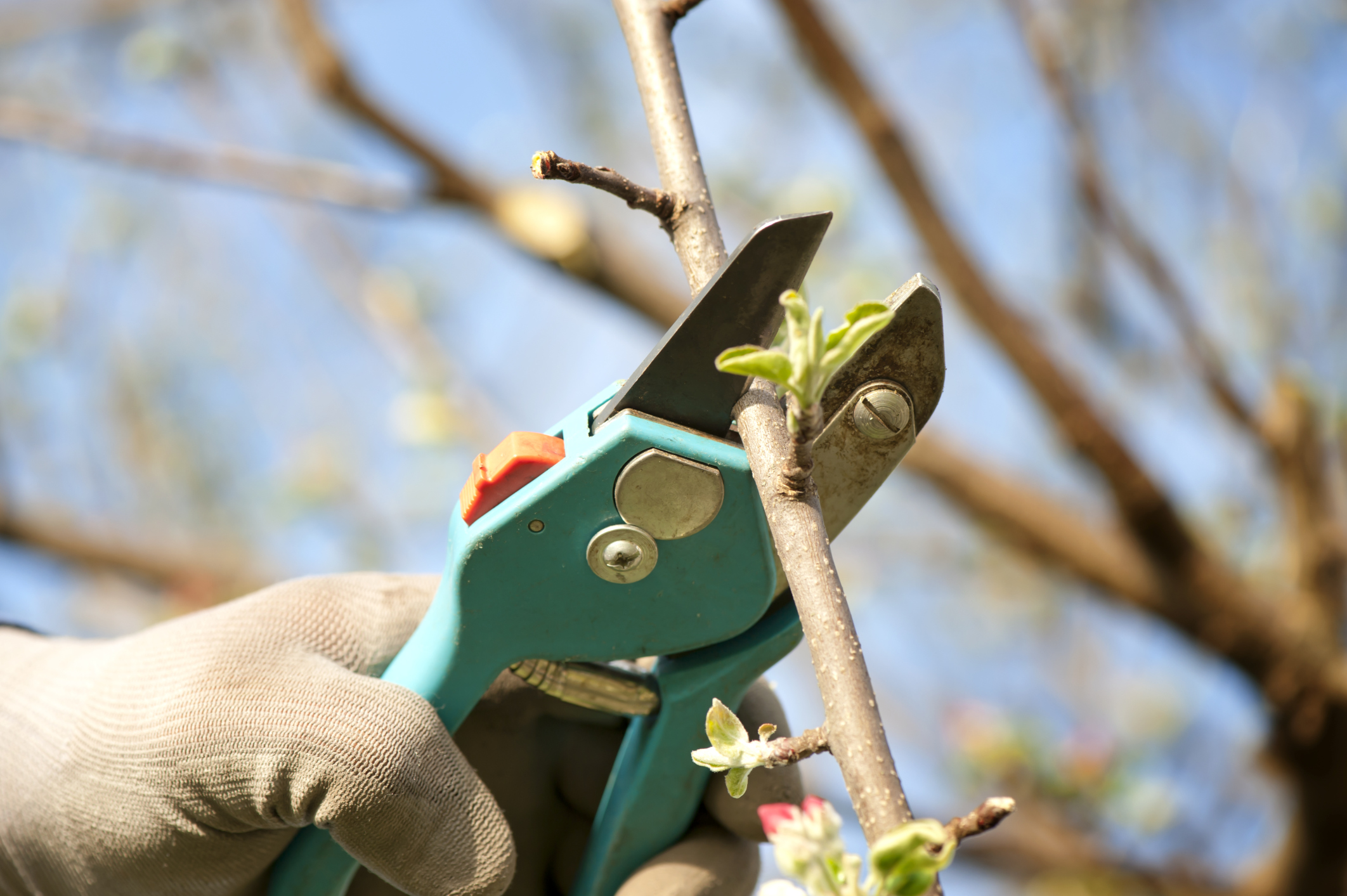

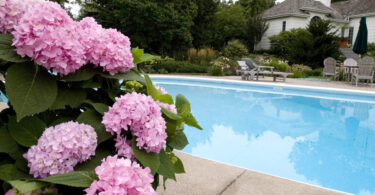
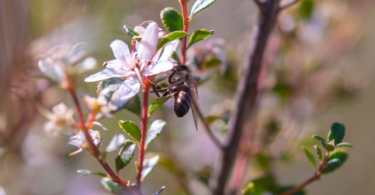
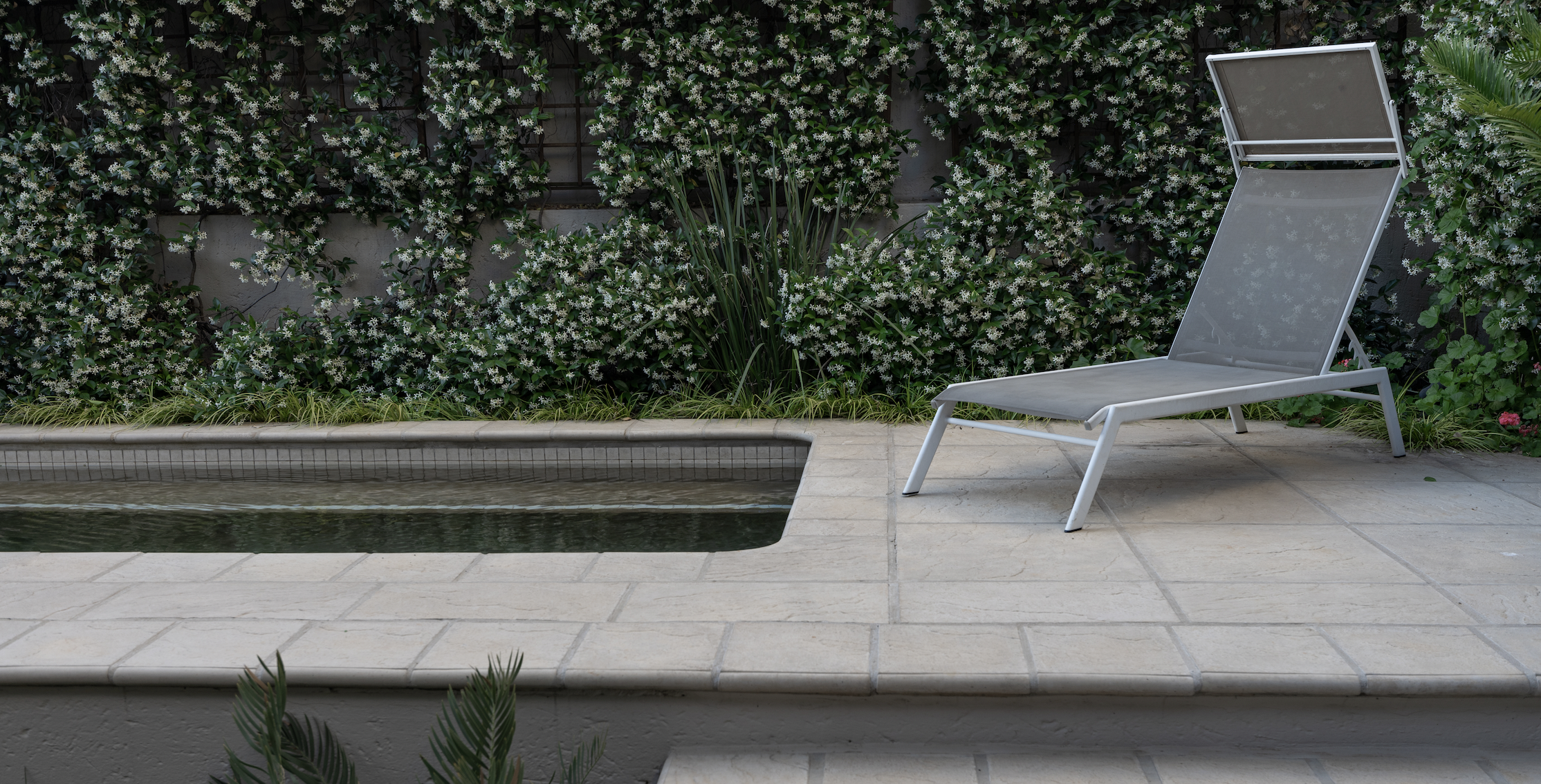

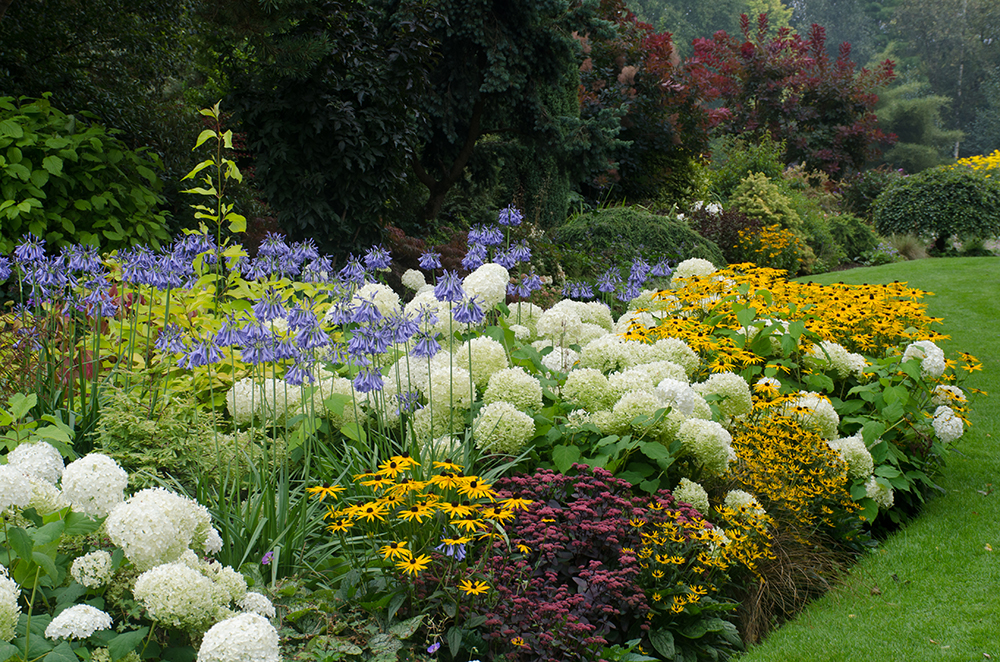
Leave a Comment